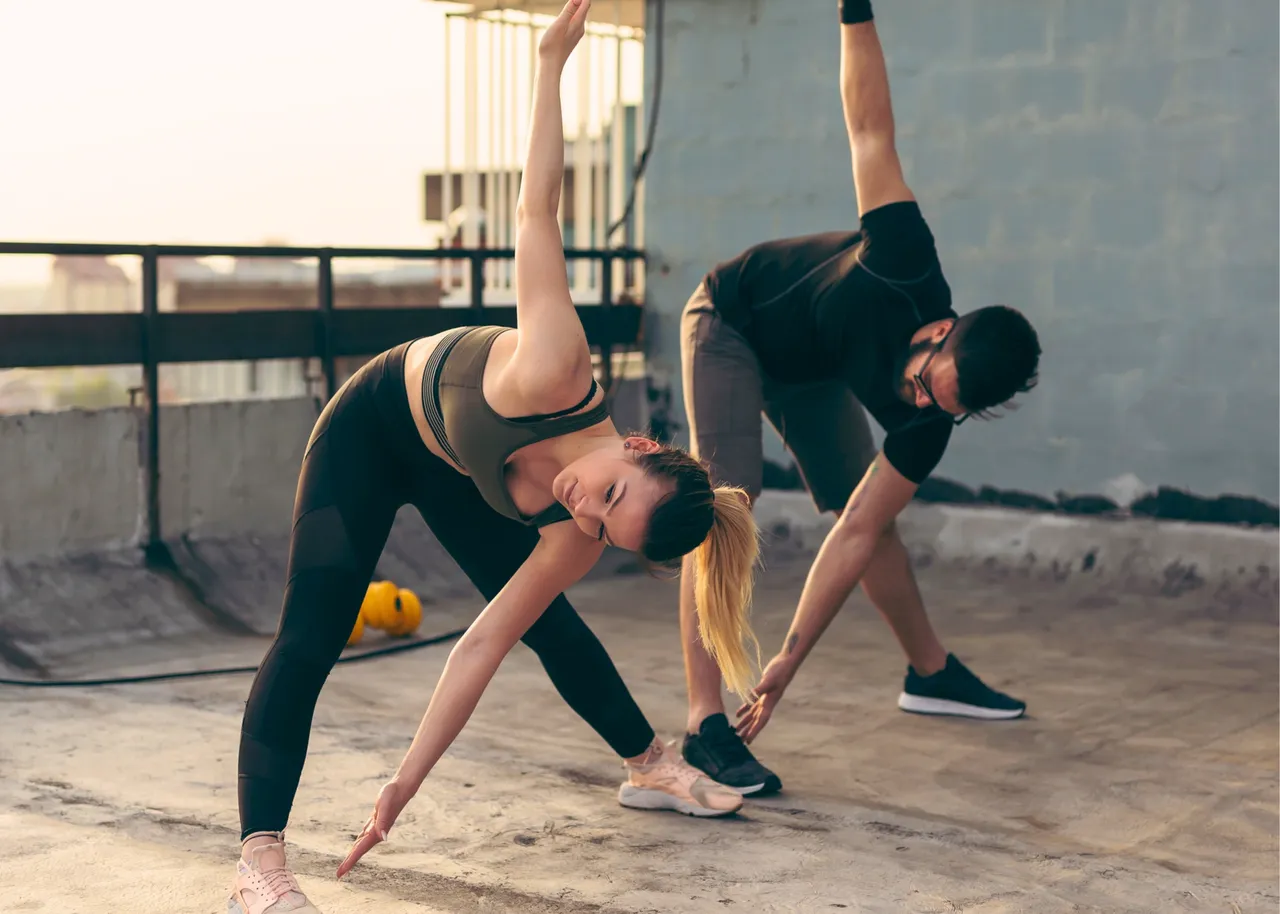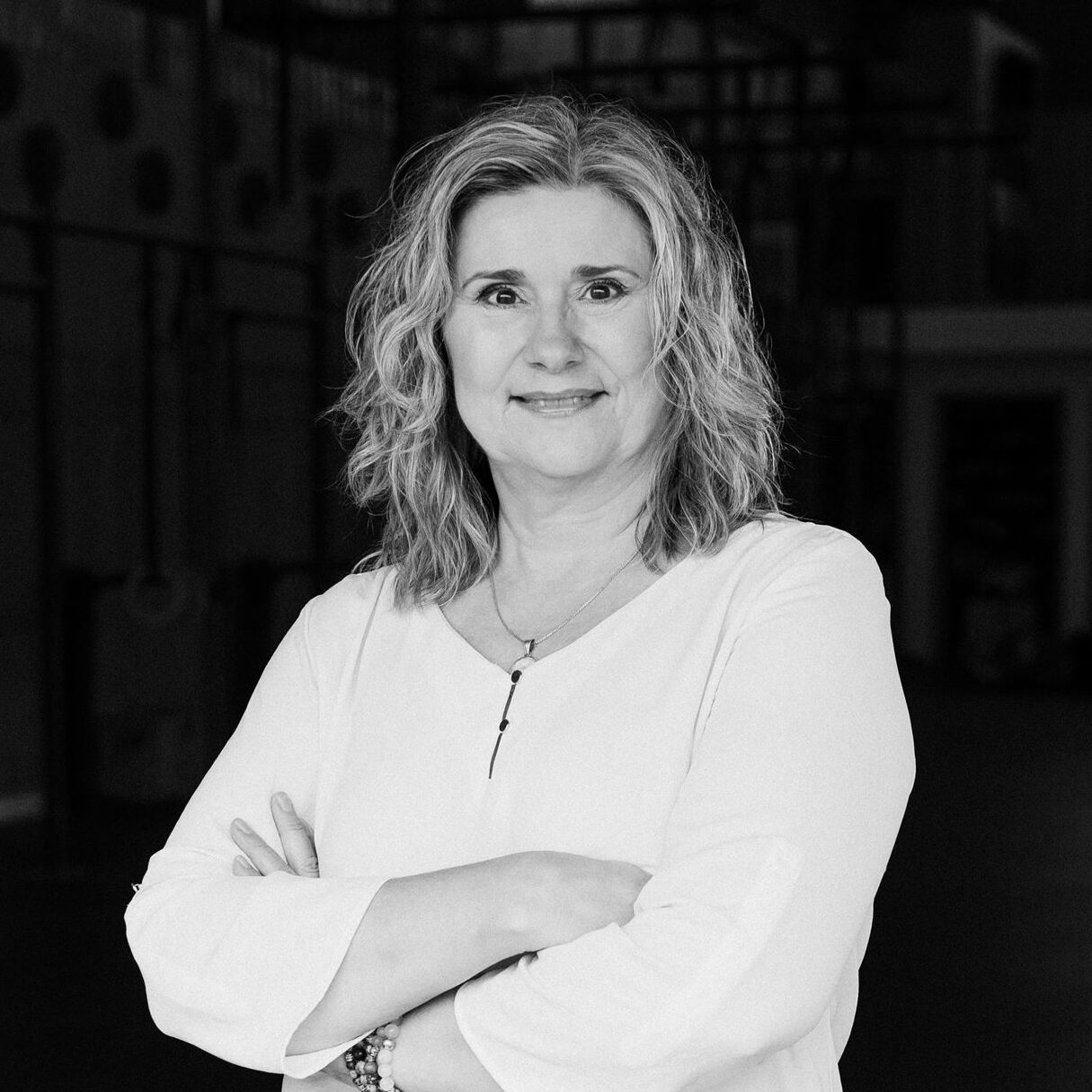What is Your Desired Outcome?
Did you know that various types of stretches have different desired outcomes? Not knowing the differences may just hinder your goals. So, how do you know what your goals should be? Knowing the difference between flexibility and mobility can help you make an informed decision.
The Difference Between Flexibility vs. Mobility
Let’s start by defining flexibility and mobility, as these two terms, while often used interchangeably, are separate concepts.
- Flexibility, in simple terms, is the ability of our soft tissues to be stretched. (When we refer to soft tissue we are talking about muscles, tendons, ligaments & surrounding fascia).
- Mobility refers to our ability to actively move through our full range of motion (actively, being the key here).
Mobility can be limited by soft tissue stretch-ability, structural limitations (contact points of bone on bone), and muscular control of movement in various ranges of motion. It is important to note that the brain can (and will) also limit mobility: we may be fearful of movement or we may not have laid the desired neural pathways for optimal mobility. (Think of neural pathways as little highways that brain signals take when performing tasks. They are created by repeated actions.)

Now that we have an idea whether we want to be flexible or mobile (or both), what kinds of stretches will help (or hinder) us? Here are seven methods of stretching that we might use. Try to identify which stretches you are using and which stretches would benefit your goals.
- Ballistic Stretches use momentum in an attempt to force the body beyond its normal range of motion. (i.e. bouncing in and out of a stretch) For most people this is not useful and can lead to injury or more tightness.
- Dynamic Stretches are slow, gentle, moving stretches used to gradually work into a deeper reach; these are very controlled stretches. (e.g. a body flow). This type of stretch can be beneficial for the general population . LifeStretch® sequences are a great example of dynamic stretching and some (but not all) yoga stretches can fall into this category.
- Active Stretches are executed by holding a stretch, simply by using the strength of your own opposing muscles. (Think of a straight leg raise while laying on your back. How high can you hold it on your own power?) Active stretches have the added benefit of strengthening the muscles opposite to those being stretched. Many advanced yoga movements, as well as animal flow use active stretches. If you’re a movement client of mine, you have probably experienced controlled articular rotations (CARs) which are fantastic examples of active stretching.
- Passive Stretches are achieved by applying an external force, like a band, a strap, a wall, or a partner. The body must be relaxed and movement may or may not be incorporated. These can be helpful as a cooldown from strenuous exercise WHEN applied correctly. We use some passive stretching, combined with other techniques in Fascia Stretch Therapy™ (FST™)
- Static Stretches are very similar to the above; however, there is no movement involved. A static stretch is achieved by holding a stretch at its farthest point. (e.g. doing the splits). These types of stretches are often used in gymnastics and some yoga poses. Caution should be exercised with static stretching, as it often results in the opposite to the desired effect, due to the body’s stretch reflex.
- Isometric Stretches are held stretches, imposed by creating contractions (tensing) without movement (e.g. flexing your toes toward your hips to create a calf stretch). Isometric stretching can be incredibly useful in increasing range of motion because we are not only improving flexibility but the requisite strength to move into those positions. I often incorporate positional isometric training or P.I.T. into a mobility routine for my clients, to help them learn to hold new-found range of motion achieved from other stretches.
- PNF (Proprioceptive Neuromuscular Facilitation), while not a stretch in and of itself can result in tissue easing into a more deeply stretched position. PNF refers to a combination of stretching techniques in which a fascial net (muscles, tendons and fascia that may cross more than one joint) is passively stretched, followed by the application of isometric resistance in the stretched position, and again passively stretched in the resulting increased range of motion. PNF stretching typically requires the assistance of a partner. We utilize several modified versions of PNF in FST™ (Fascia Stretch Therapy™).

Re-Assess Your Stretches
Now that you know a little about the stretches you’ve been doing, were you on the right track or do you need to shift gears?
Further Clues
Are you doing the same stretches and never getting the results you want? Are you sore the next day after stretching? Do you feel good after stretching but feel worse the next day? These can all be signals to change up your stretching routine. Of note, a stretch that feels easy isn’t necessarily the goal your body needs and neither is a stretch that is too painful.
As always, if you need help with your mobility routine, reach out to us. We are happy to help you achieve your mobility and movement goals, either through assisted stretching or by creating a custom mobility sequence for you to take home with you.
Until next time… ~ breathe ~ move ~ unwind ~





